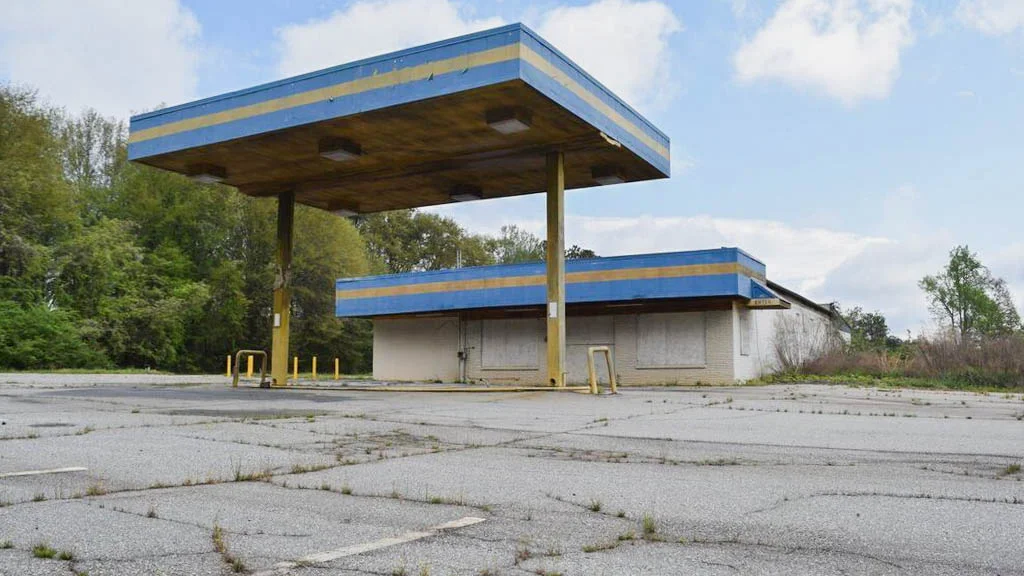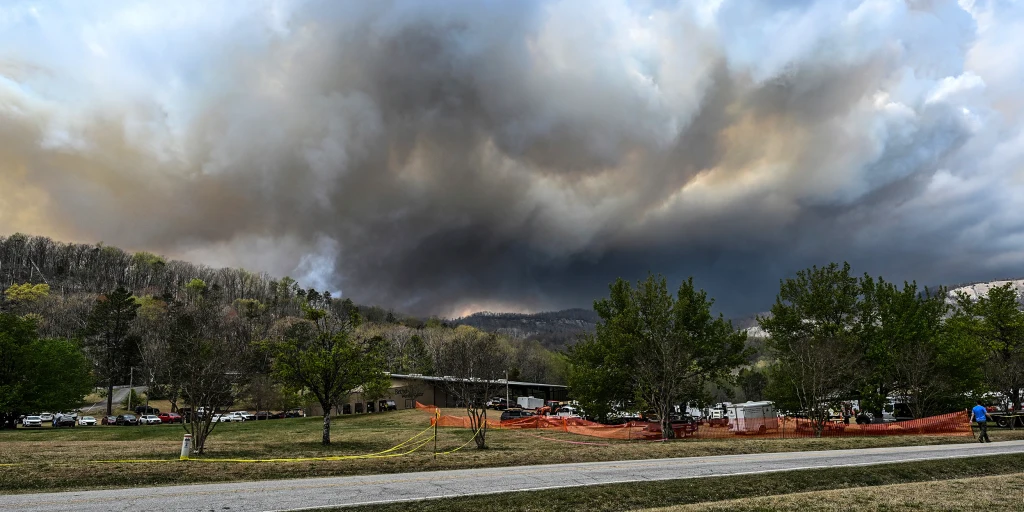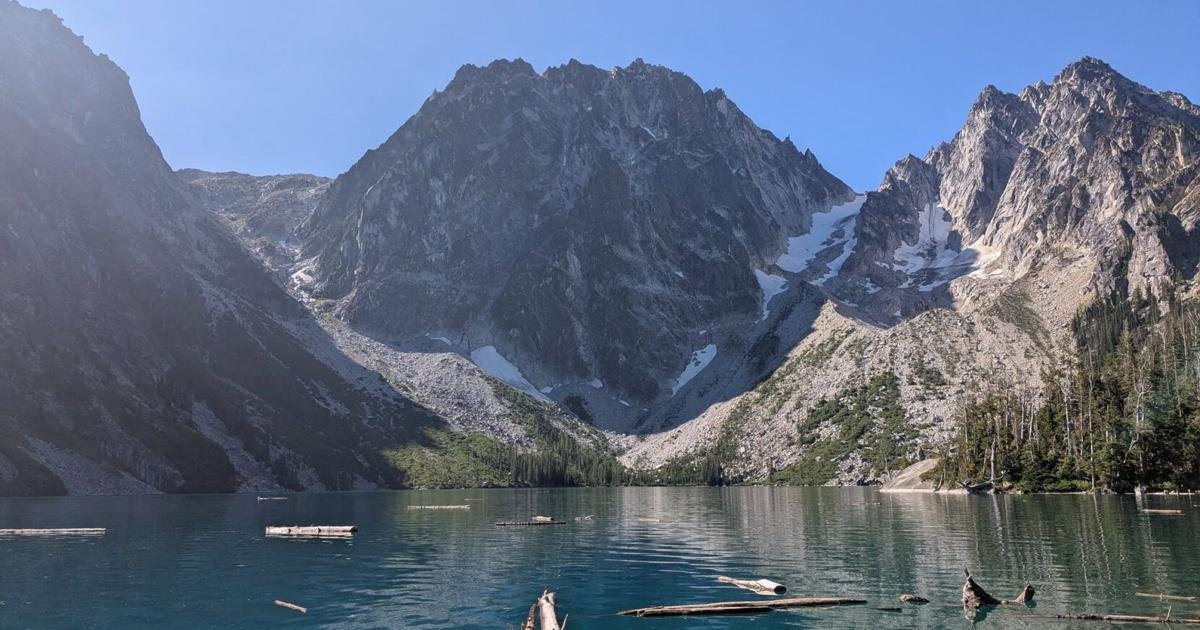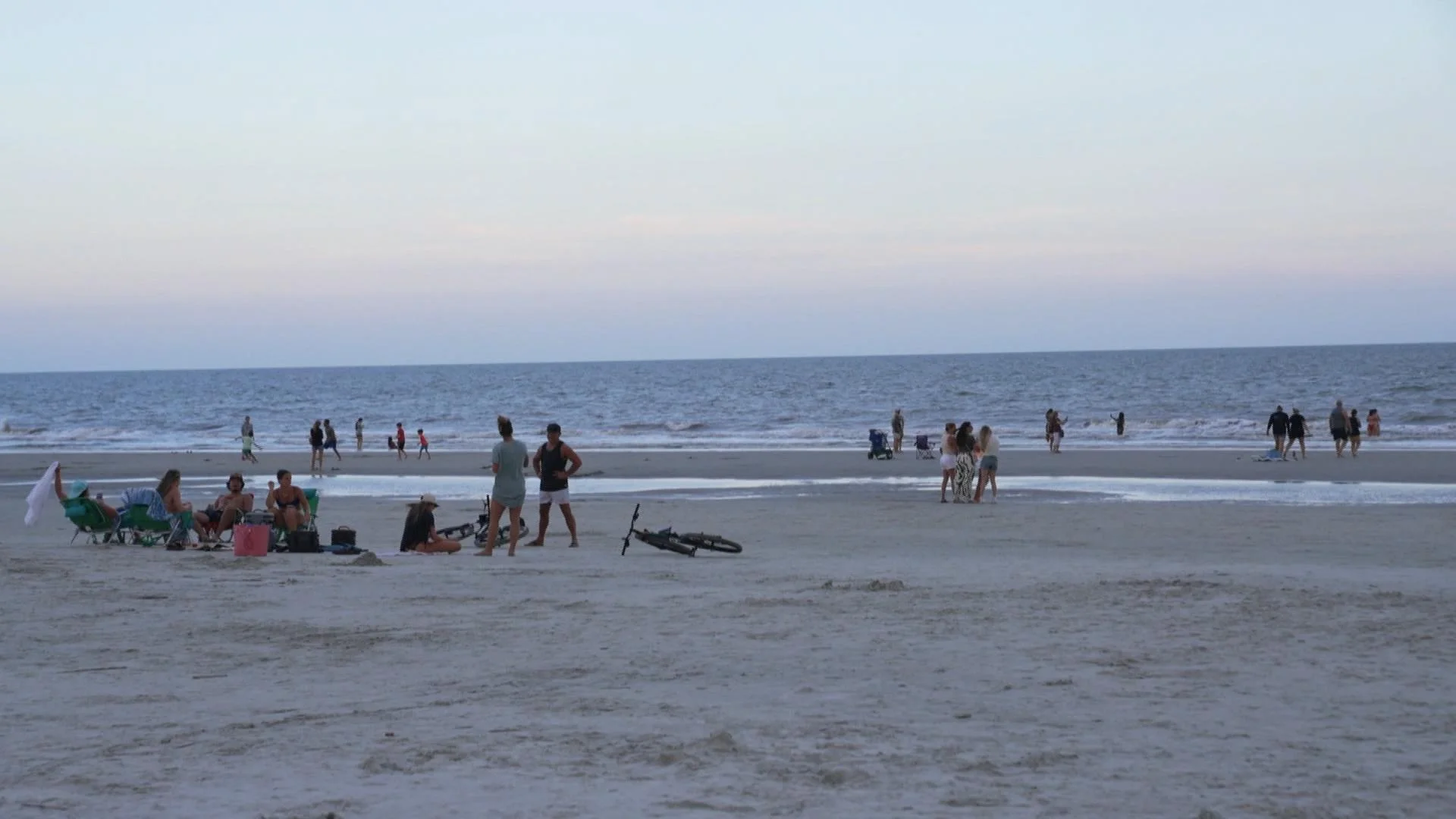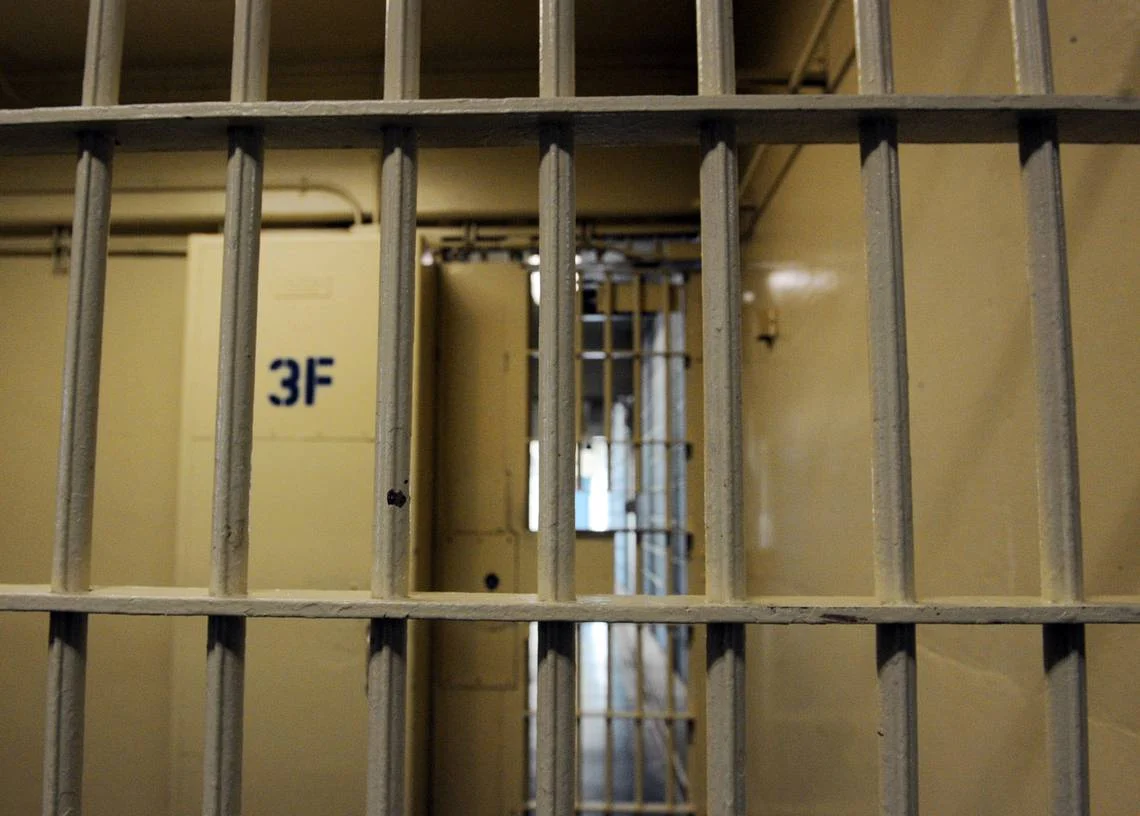CHICAGO
— As record-breaking temperatures continue to dominate headlines around the globe, scientists are sounding the alarm: many of the world’s major cities may soon become
uninhabitable
due to extreme heat. New climate projections and recent weather anomalies suggest that parts of the Middle East, South Asia, and even the United States could face conditions so hot that survival outdoors may become impossible.
This disturbing possibility is driven by rapid and sustained increases in global surface temperatures — with several datasets showing the Earth is consistently breaching the
1.5°C threshold
above pre-industrial levels, a marker scientists have long warned about.
Record Heat No Longer an Anomaly
January 2025 was the
hottest on record globally
, despite transitioning to a La Niña climate pattern that typically brings cooler conditions. According to climate monitoring data from
Copernicus
,
18 of the last 19 months
have seen global average temperatures surpass 1.5°C above pre-industrial baselines.
This trend has severe implications for human survival in certain climates. Prolonged exposure to high heat combined with elevated humidity — especially in urban areas — can trigger heat exhaustion or even death within hours, particularly when
wet-bulb temperatures
climb past human tolerance thresholds.
Which Cities Are at Risk of Becoming Unliveable?
Environmental experts have identified cities like
Dubai (UAE), Delhi (India), Lahore (Pakistan), Jeddah (Saudi Arabia), Hudaydah and Aden (Yemen)
as early hotspots for extreme heat. These regions are already seeing more days each year with
“intolerable” wet-bulb temperatures
, where the body can no longer cool itself through sweating.
-
Hudaydah, Yemen
could face
56 days/year
of such heat by mid-century. -
Delhi, India
might endure at least
six days/year
by 2050. -
In the U.S.,
Chicago
is increasingly categorized as a
severe heat zone
, with longer, more intense summer extremes.
Understanding Wet-Bulb Temperature: Why It Matters
Wet-bulb temperature
is the lowest temperature to which air can be cooled by evaporating water — essentially, how efficiently the body can sweat and release heat. At
35°C wet-bulb
, even the healthiest people cannot survive more than
six hours
.
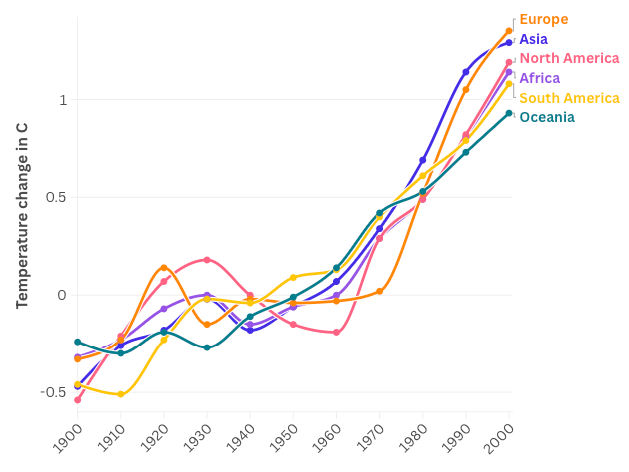
As Dr. Jennifer Brandon of Wild Beacon Consulting explains, “The fear in a heating world is that our bodies can never fully cool down. Wet-bulb temperatures prevent evaporation, so we retain heat and risk
heatstroke or death
even in shaded areas.”
A Global Problem: Rising Heat Across Continents
Recent data show that
every continent
is warming — and fast.
Europe, Asia, and North America have seen the steepest climbs in average temperatures over the past few decades. The rise is most alarming in densely populated regions with limited infrastructure to deal with extreme weather.
The Social Cost: Migration, Water Wars, and Conflict
Heat isn’t just a health risk — it’s also a geopolitical threat. Environmental scientist Aidan Charron from Earth Day Network warns that heat and drought in the Middle East, sub-Saharan Africa, and South Asia are already driving
mass migration and resource conflicts
.
“By
2050
, precipitation in some parts of the Middle East could drop by
30%
, turning fertile land into desert,” Charron said. “People won’t stay and die — they’ll move north, and the fight over
clean water and arable land
could intensify.”
How Bad Could Things Get?
A study by King’s College London explored two extreme scenarios:
-
Uncompensable heat
: Where the human body can no longer cool through sweat, leading to rising core temperatures. -
Unsurvivable heat
: Where core body temperatures hit 42°C in under 6 hours — lethal even for young adults.
If global temperatures rise by
4-5°C
, older adults could face these deadly conditions over
60% of Earth’s surface
during heatwaves.
Even at
2°C warming
, the safe zone for young adults shrinks dramatically, affecting
6% of global land area
— an area that includes major cities in Asia, Africa, and South America.
A Crisis for the U.S. Too?
While much of the concern has focused on the Global South, climate models show that
parts of the U.S. will not be spared
. Cities like
Phoenix, Las Vegas, and even Chicago
are seeing longer stretches of heatwaves and poor air quality. Wet-bulb conditions have already been measured in parts of
Louisiana and Texas
, nearing the human survivability threshold.
Have you noticed your city getting hotter or experiencing more intense heatwaves? Share your experiences with us at
ChicagoSuburbanFamily.com
— we’re building a community-led climate story archive to highlight how Illinois and the Midwest are being impacted.




